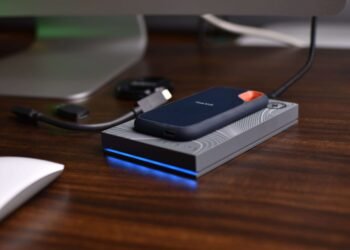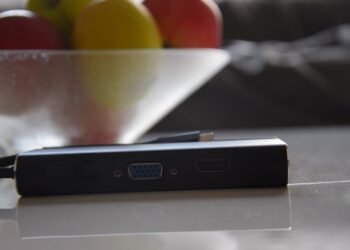Introduction
In today’s fast-paced world, staying connected is essential. Whether you’re traveling, working remotely, or simply on the go, having a reliable power source for your electronic devices is crucial. This is where mobile powerbanks come to the rescue. In this article, we will explore the world of mobile powerbanks, discussing the devices they can charge, their capacity, and what factors to consider when buying one.
Device Compatibility
One of the primary considerations when purchasing a mobile powerbank is device compatibility. Most powerbanks are designed to charge a wide range of devices, including smartphones, tablets, digital cameras, portable speakers, and even some laptops. However, it is important to check the powerbank’s specifications to ensure that it supports the specific device you intend to charge.
When it comes to smartphones, powerbanks are typically compatible with both Android and iOS devices. They provide a convenient solution for those times when your phone’s battery is running low and you don’t have access to a power outlet. Additionally, powerbanks can charge tablets, allowing you to stay productive and entertained while on the move.
Capacity
The capacity of a powerbank is measured in milliampere-hours (mAh) and determines how much charge it can hold. The higher the capacity, the more times you can charge your device before needing to recharge the powerbank itself. Powerbanks are available in a wide range of capacities, from as low as 2,000mAh to as high as 30,000mAh or more.
When choosing a powerbank, it is important to consider the capacity of your device’s battery. For example, if you have a smartphone with a 3,000mAh battery capacity, a powerbank with a capacity of at least 3,000mAh would be ideal. This ensures that you can fully charge your device at least once before needing to recharge the powerbank.
It is worth noting that the actual usable capacity of a powerbank is often slightly lower than its stated capacity. This is due to energy loss during the charging process. Therefore, it is advisable to choose a powerbank with a slightly higher capacity than what you think you might need.
| Charge capacity | Average times you can charge your device |
|---|---|
| 5,000mAh | 1 – 2 times |
| 10,000mAh | 1 – 3 times |
| 20,000mAh | 2 – 6 times |
| 30,000mAh | 3 – 8 times |
Factors to Consider When Buying
When purchasing a mobile powerbank, there are several factors to consider to ensure you make an informed decision:
1. Portability: Consider the size and weight of the powerbank, especially if you plan to carry it with you regularly. Look for compact and lightweight options that can easily fit in your bag or pocket.
2. Number of Ports: If you have multiple devices that need charging simultaneously, opt for a powerbank with multiple USB ports. This allows you to charge multiple devices at once, saving you time and hassle.
3. Charging Speed: Look for powerbanks that support fast charging technologies such as Quick Charge or Power Delivery. These technologies enable faster charging times, especially for devices that are compatible with them.
4. Safety Features: Ensure that the powerbank you choose has built-in safety features such as overcharge protection, short circuit protection, and temperature control. These features help prevent damage to your devices and ensure safe charging.
5. Brand Reputation: Consider purchasing powerbanks from reputable brands known for their quality and reliability. Read customer reviews and ratings to gauge the performance and durability of the powerbank.
Conclusion
Mobile powerbanks have become an essential accessory for anyone who relies on their electronic devices while on the move. With their device compatibility, varying capacities, and numerous factors to consider when purchasing, it’s important to choose the right powerbank for your needs. By understanding the devices powerbanks can charge, their capacity, and what to consider when buying, you can make an informed decision and stay powered up wherever you go.


















